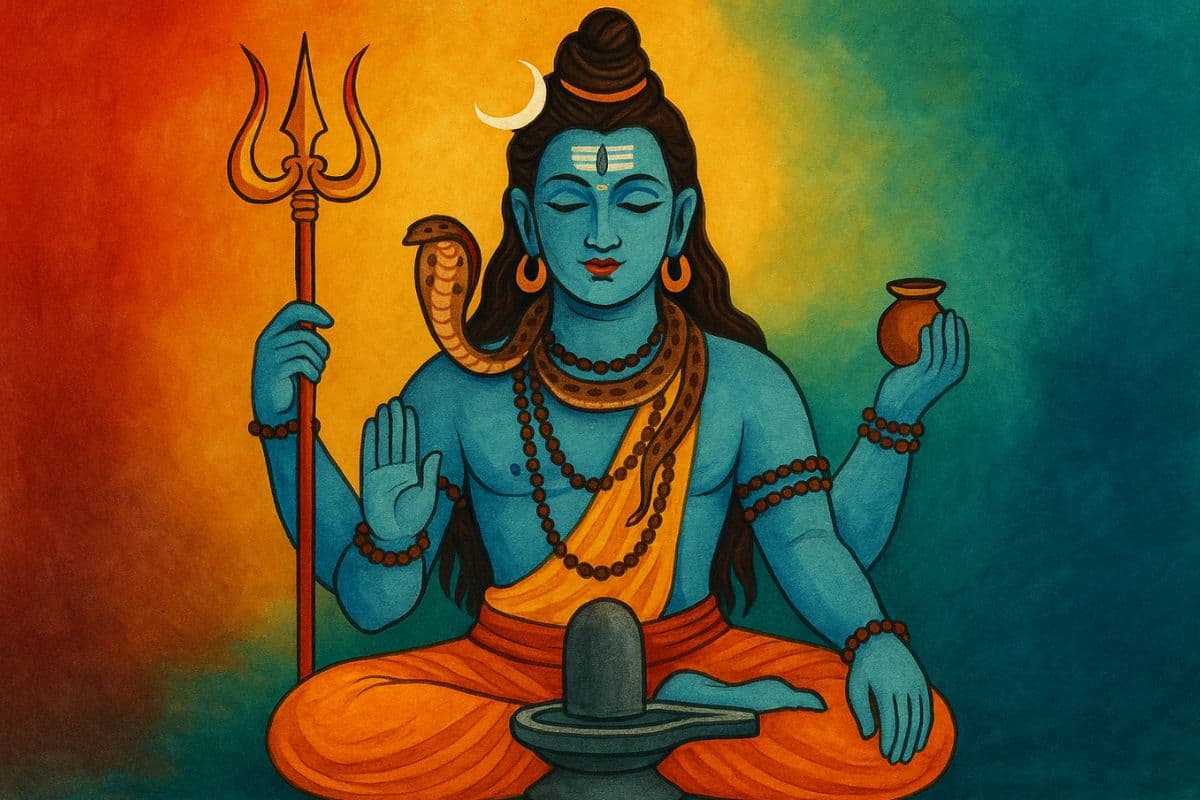Gowri Habba 2025: Date, puja vidhi, fasting rules and divine benefits

Gowri Habba 2025 rituals, significance, and blessings of Goddess Mahalakshmi
Some festivals don’t just come and go; they stay in your heart. Gowri Habba is one of those. It is the day when houses are cleaned, lamps are lit, and women sit together with smiles and prayers. At its core, Gowri Habba is about Goddess Gowri (Parvati), who stands for love, strength, and family. On Gowri Habba, women across Karnataka, Andhra Pradesh, and Tamil Nadu rise early, draw rangolis at their doorstep, and hang fresh mango leaves to welcome the goddess. Worshipping Mahalakshmi as Gowri is believed to bring harmony to family life and protection from difficulties. More than a ritual, Gowri Habba is a celebration of love, beauty, and quiet strength passed down through generations.
Gowri Habba 2025 date and timings
This year, Gowri Habba will be celebrated on Tuesday, August 26, 2025
Puja Time: 06:03 am to 08:32 am on Aug 26
Tadige Tithi Begins: 12:34 pm on Aug 25
Tadige Tithi Ends: 01:54 pm on Aug 26
Significance of Gowri Habba
Gowri Habba is also called Swarna Gowri Vratha. Women believe that praying to Goddess Gowri brings peace, strength, and happiness into the home. There is a sweet story behind all this. People say that on this day, Gowri comes to her mother’s home, like a married daughter visiting her parents’ house. The very next day, Ganesha comes to take her back. That is why Gowri Habba is always right before Ganesh Chaturthi.
Gowri Habba puja vidhi (rituals)
Every family does things in their own way, but most follow these steps:
Morning Start: Women wake up early, take a bath, and clean the home.
Altar Setup: The idol of Goddess Gowri (clay, turmeric, or metal) is placed on a decorated spot with flowers and mango leaves.
Main Puja: Ashtottara Shatanamavali is recited, and flowers, turmeric, kumkum, fruits, and sweets are offered.
Mangala Baagina: Married women exchange baaginas (turmeric, kumkum, bangles, black beads, dal, jaggery, blouse piece, and sweets).
Gauridaara: A yellow thread with 16 knots is tied on the right wrist by married women for their husbands, by unmarried girls for a good partner.
Charity: Clothes, food, or money are given to the needy, and prasad is shared.
Idol Immersion: At the end, the idol is immersed in water. It’s a way of saying thank you, letting the Goddess return to her home, and reminding us that what is made from earth must go back to it.
Fasting Rules for Swarna Gowri Vrat
The fast is done with faith and discipline:
-
Some women don’t eat or drink at all.
-
Others take fruits, milk, or simple satvik food.
-
The fast ends after the evening puja.
-
Married women fast for their husband’s health.
-
Unmarried girls fast for a good life partner.
Divine benefits of Gowri Habba puja
People believe that Gowri Habba puja brings many blessings into life:
-
Married Life: Keeps peace and love between couples.
-
Good Partner: Helps unmarried girls find a kind, caring partner.
-
Inner Strength: Gives courage and calmness.
-
Wealth: Brings prosperity and removes debts.
-
Family Safety: Protects the home and reduces doshas.
Traditional Gowri Habba food
No festival feels complete without food. On this day, families prepare and share:
-
Chitranna (lemon rice)
-
Ambode (channa dal vada)
-
Kosambari (cucumber and moong dal salad)
-
Tovve / Kattu Saaru (simple dal curry)
-
Semia Payasam (vermicelli kheer)
-
Kayi Holige (coconut-jaggery flatbread)
-
Kayi Kadubu (steamed modaks with coconut-jaggery)
-
Murukku / Chakli (crispy snack)
-
Rasam (tangy soup)
Gowri Habba reminds everyone of one thing: that prayers and love have a quiet power. It is about women coming together, sharing food, tying knots of faith, and remembering that strength can be gentle too.
Ask Agastyaa. Let AstroSure.ai bring Goddess Gowri’s balance into your life



